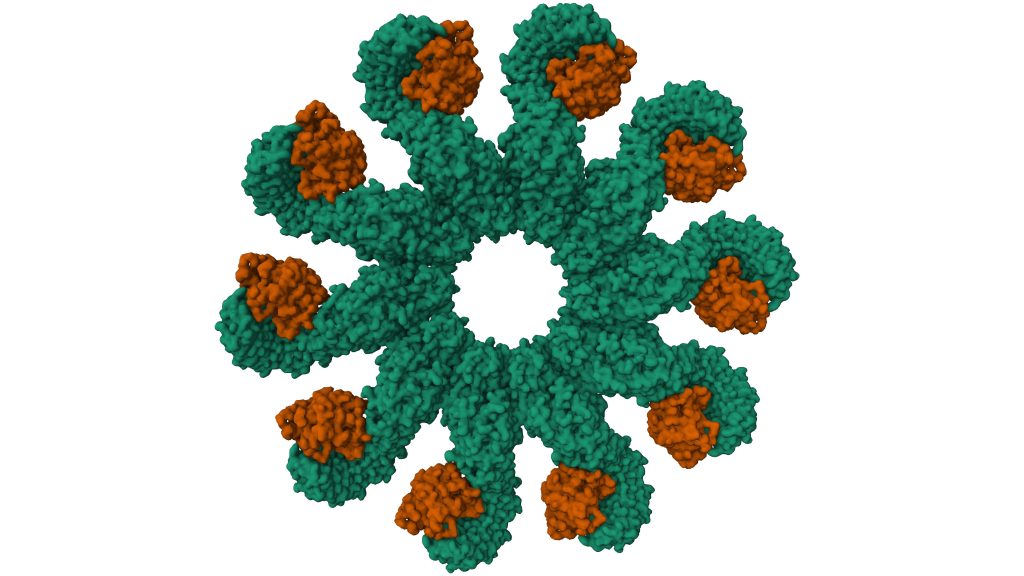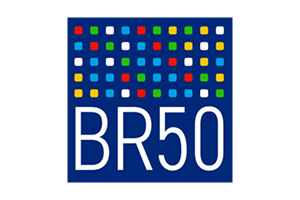NLRP3 as a driver of inflammation in common diseases

Review about the key mediator of Arteriosklerose, Alzheimer und Gicht
Prof. Dr. Eicke Latz, Scientific Director of the German Rheumatology Research Center, a Leibniz-Institute, together with colleagues who have been researching the role of the NLRP3 molecule for many years, has published a review article in the journal Nature Immunology. The article summarizes the current state of knowledge about this key driver of many common diseases, including atherosclerosis, Alzheimer’s disease, and gout.
The NLRP3 protein is part of the innate immune system and is considered a danger sensor and key mediator of inflammatory processes. It non-specifically detects cellular perturbation and then triggers an inflammatory response. When activated, NLRP3 forms a so-called inflammasome complex, leading to pro-inflammatory cytokines release of the interleukin-1 family. This results in pyroptotic cell death, an inflammatory programmed form of cell death.
The importance of NLRP3 was first recognized in a rare autoinflammatory disease – cryopyrin-associated periodic syndrome, which is caused by mutations in the NLRP3 gene. Today, the molecule is considered a key factor not only in acute inflammatory diseases such as stroke and heart attack, but also in chronic processes such as diabetes and neurodegenerative diseases.
Although small-molecule NLRP3 modulators are already in clinical development, it is still unclear how activation and regulation are controlled in humans. The recently published review article summarizes current knowledge and highlights new strategies for targeting NLRP3 in the future, with the aim of treating NLRP3-driven inflammatory diseases more effectively.











